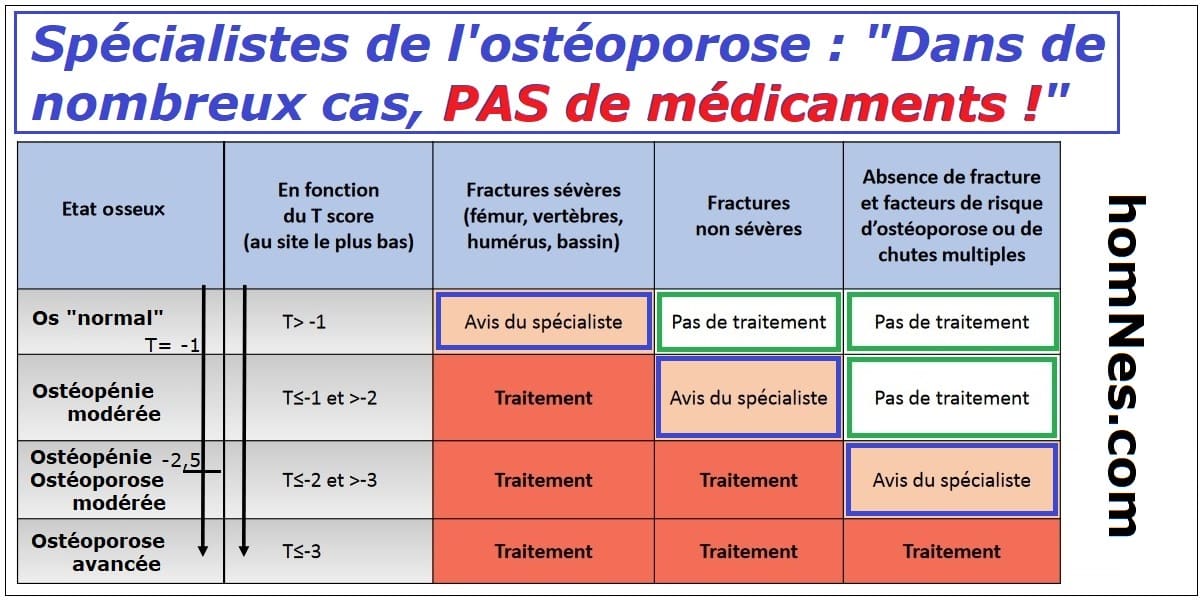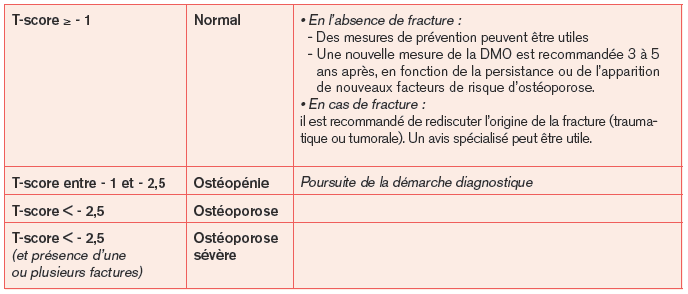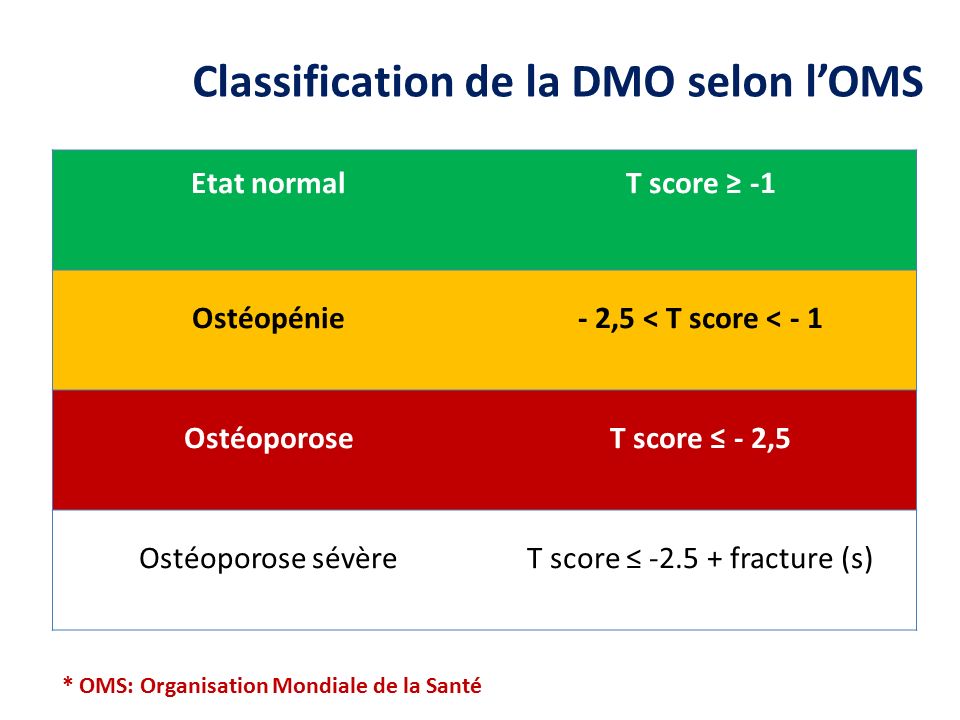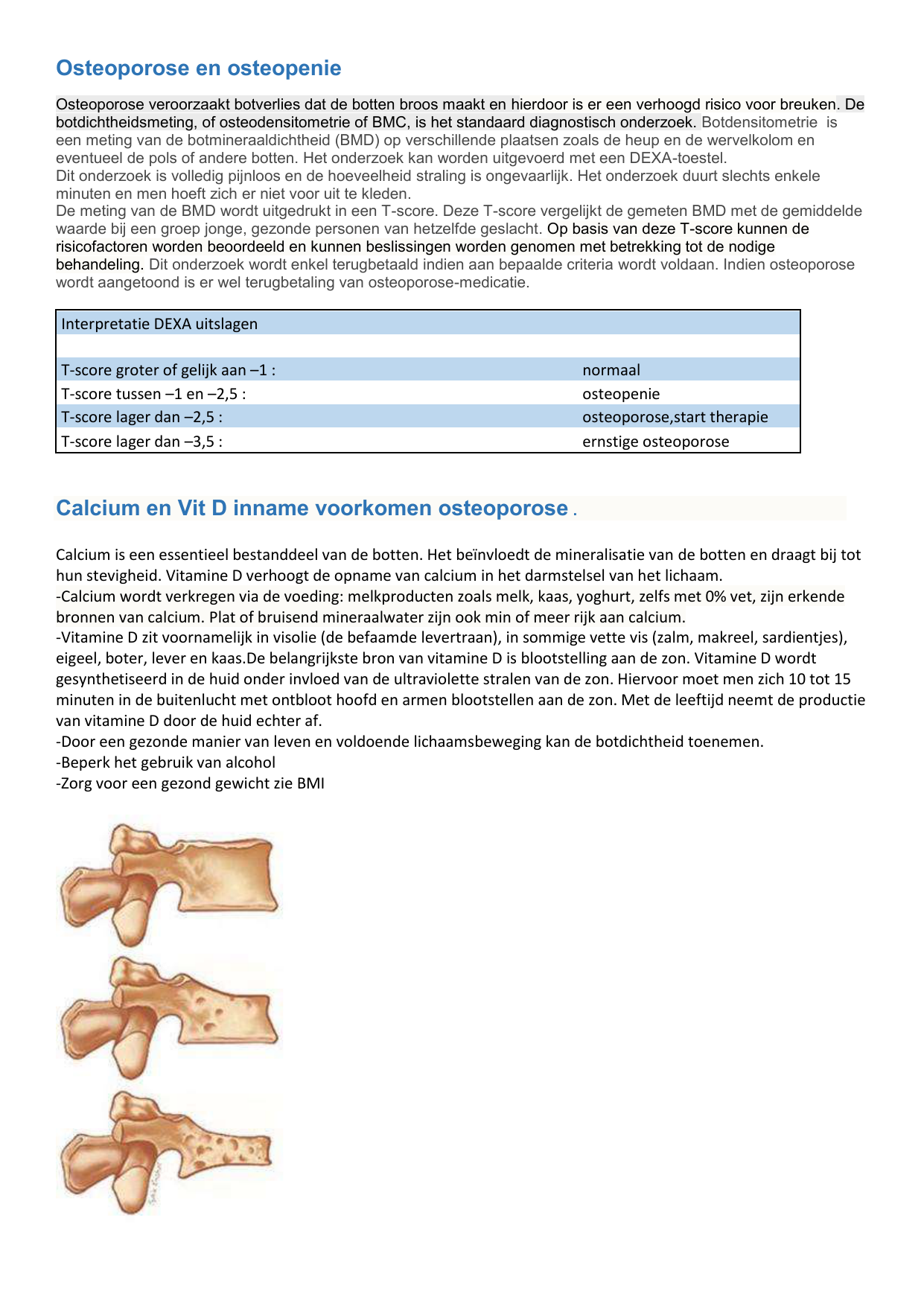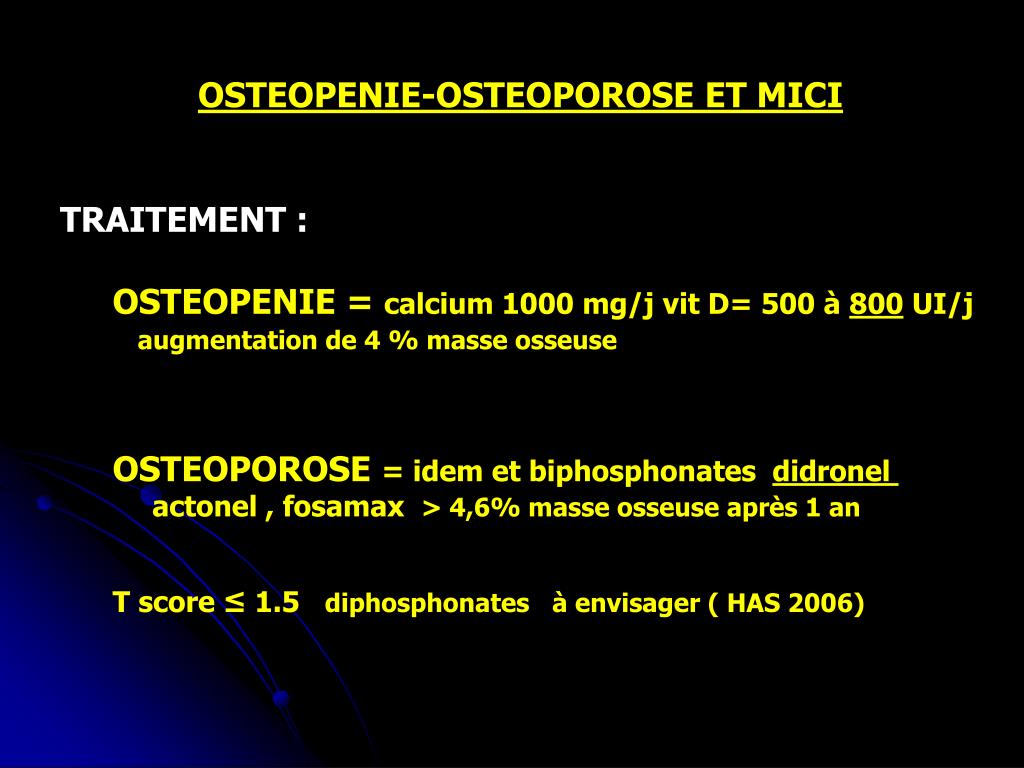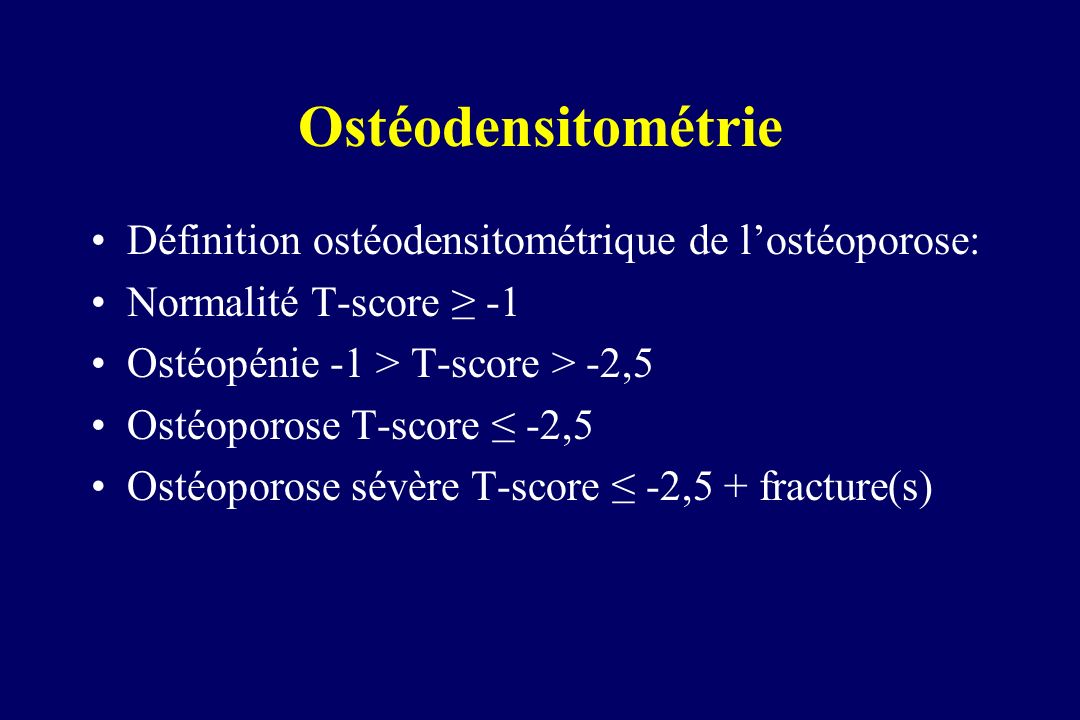Osteopenie Osteoporose T Score
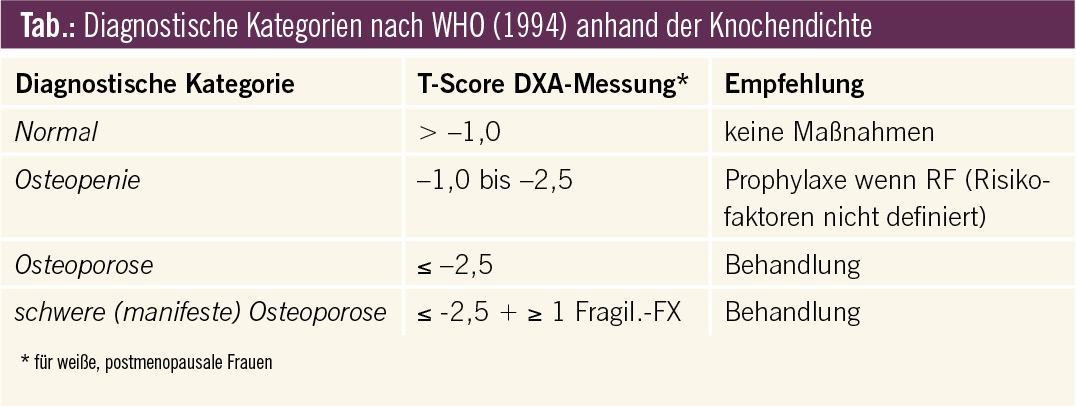
Scores between 1 and 2 5 indicate osteopenia thin bones.
Osteopenie osteoporose t score. Low bone density or osteopenia 2 5 or more. Normal bone density 1 0 to 2 5. Scores of 1 0 are good. Therefore your doctor will look at your lowest t scores to diagnose osteoporosis.
A t score ranging from 1 to 2 5 is classified as osteopenia. For this procedure a machine sends x rays through bones in order to calculate bone density. And scores that are less than 2 5 indicate osteoporosis or porous bones. A t score of 2 5 or lower indicates that you have osteoporosis.
2 5 and below in general the lower the t score the lower your bone density. Diagnosis 1 0 to 1 0. The greater the negative number the more severe the osteoporosis. The lower the score the more porous your bone.
Several technologies can assess bone density but the most common is known as dual energy x ray absorptiometry dexa. Examples are t scores of 1 1 1 6 and 2 4. Scores between 1 and 1 show normal bone mineral density. You may hear this called osteopenia.
A t score between 1 0 and 2 5 means you have low bone density or osteopenia. Some people have low bone density. For example a bmd t score of 5 5 is lower than that of 2 5 and an osteoporosis score of 1 0 is lower than that of 1 0. The process is quick taking only five minutes.
Dxa results compare your bone density to that of a healthy 30 year old adult and come back as what s called a t score an osteoporosis t score in the range of 1 and above indicates normal bone density and between 1 and 2 5 indicates low bone density which is sometimes referred to as osteopenia. Examples are t scores of 2 6 3 3 and 3 9. It measures the speed of sound in the bone to assess. Quantitative ultrasound is one such test.
Bone density scans for osteoporosis. Low bone mass versus osteoporosis the information provided by a bmd test can help your doctor decide which prevention or treatment options are right for you. T score below 2 5 other tests can be done to help diagnose osteoporosis and osteopenia.

